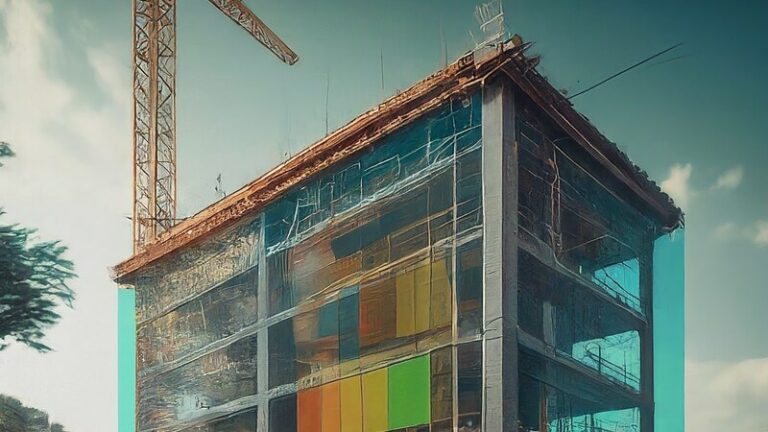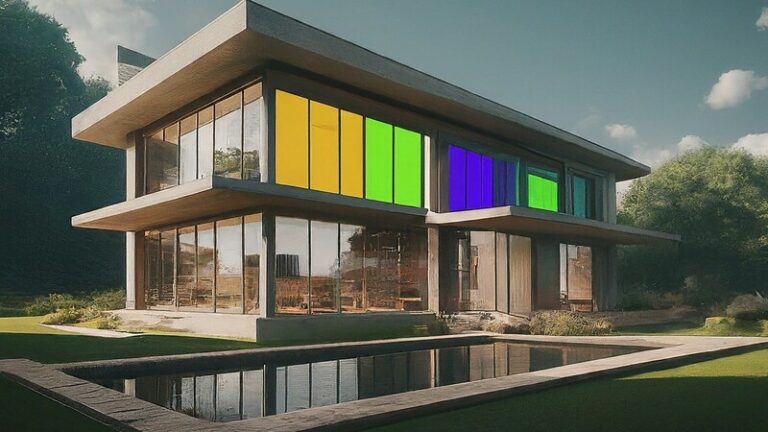When embarking on a construction project, one of the most crucial aspects to consider is estimating building costing. Accurate cost estimation plays a pivotal role in budgeting, securing financing, and ensuring the successful completion of the project. In this blog post, we will delve into the essential factors involved in estimating building costing and provide valuable insights to help you navigate this intricate process.
Understanding Building Costing:
Building costing refers to the process of determining the projected expenses associated with constructing a building. It involves considering various elements, including materials, labor, equipment, permits, overheads, and contingencies. By undertaking a thorough cost estimation, project stakeholders can evaluate the financial feasibility of their plans and make informed decisions.
Key Factors to Consider
Design and Specifications:
The design and specifications of a building significantly influence the overall cost. The complexity of the design, the quality of materials, and the inclusion of specialized features or finishes all impact the project’s budget. Carefully consider the architectural design, structural requirements, and desired finishes while estimating the costing.
Site Conditions:
The characteristics of the construction site can affect the costing. Factors such as location, accessibility, soil conditions, topography, and infrastructure availability can influence the cost of excavation, foundation work, utilities, and site preparation. Thoroughly evaluate the site conditions to anticipate any additional expenses that may arise.
Materials and Equipment:
The selection of materials and equipment can substantially impact the construction cost. Consider the cost, availability, quality, and sustainability of the materials. Additionally, assess the need for specialized equipment or machinery, as their rental or purchase costs can significantly influence the project’s budget.
Labor:
Labor costs encompass wages, benefits, and productivity rates. Estimating the number of workers required and their respective skill levels is essential. Labor costs can vary depending on factors such as local labor markets, union requirements, project duration, and complexity. Ensure you account for the necessary labor expenses accurately.
Permits and Regulatory Compliance:
Complying with building codes, obtaining permits, and meeting regulatory standards are crucial aspects of any construction project. The costs associated with permit fees, inspections, environmental assessments, and compliance with safety regulations should be factored into the overall costing.
Overheads and Contingencies:
In addition to direct costs, overhead expenses such as project management, insurance, legal fees, and administrative costs need to be considered. Contingencies should also be included to account for unforeseen events or changes during construction, ensuring a buffer for unexpected costs.
Utilizing Technology:
Estimating building costing can be complex, requiring expertise and an understanding of industry standards. Fortunately, advancements in technology have introduced sophisticated software tools and techniques that streamline the cost estimation process. Construction estimating software can help generate accurate cost projections.
Conclusion:
Estimating building costing is a critical phase in construction project planning. By considering factors such as design, site conditions, materials, labor, permits, and contingencies, project stakeholders can develop a comprehensive cost estimation. Leveraging technological tools and seeking expert advice further enhances the accuracy of these projections. Ultimately, an accurate cost estimation facilitates better decision-making, promotes financial transparency, and contributes to the successful execution of construction projects.















